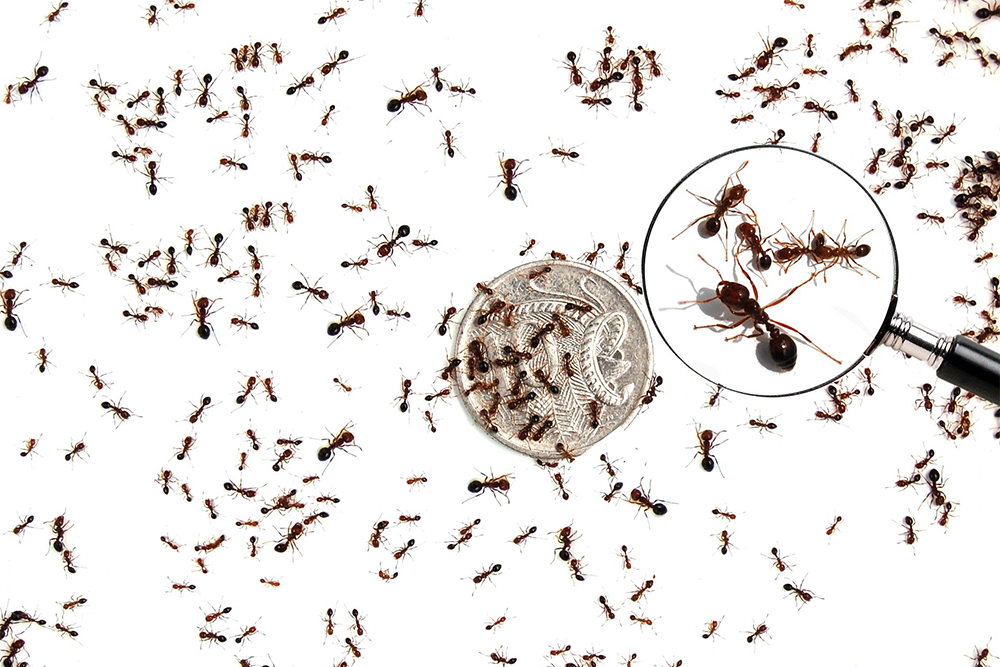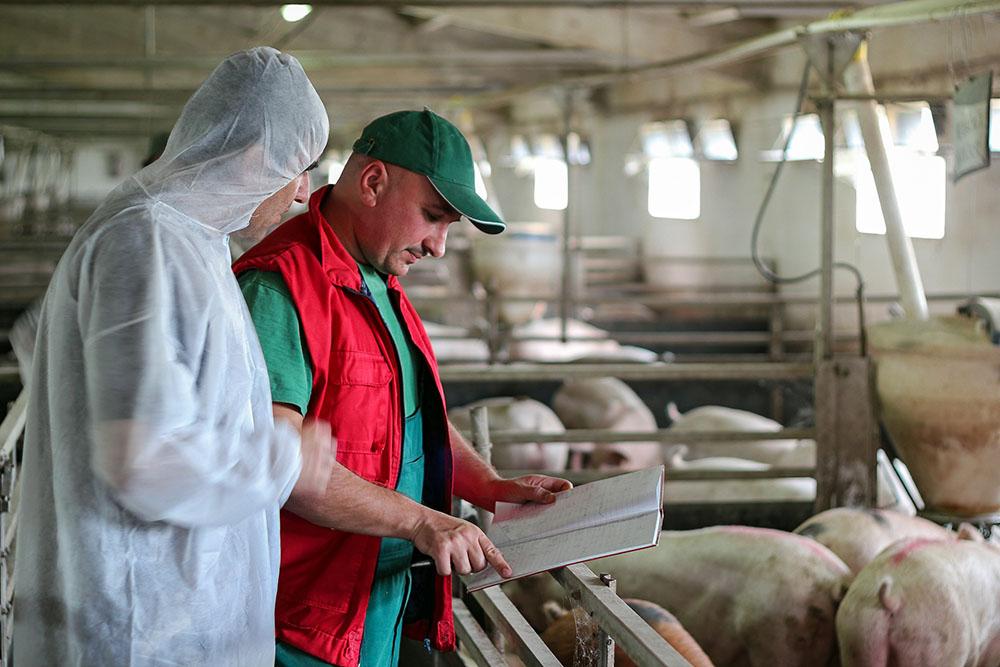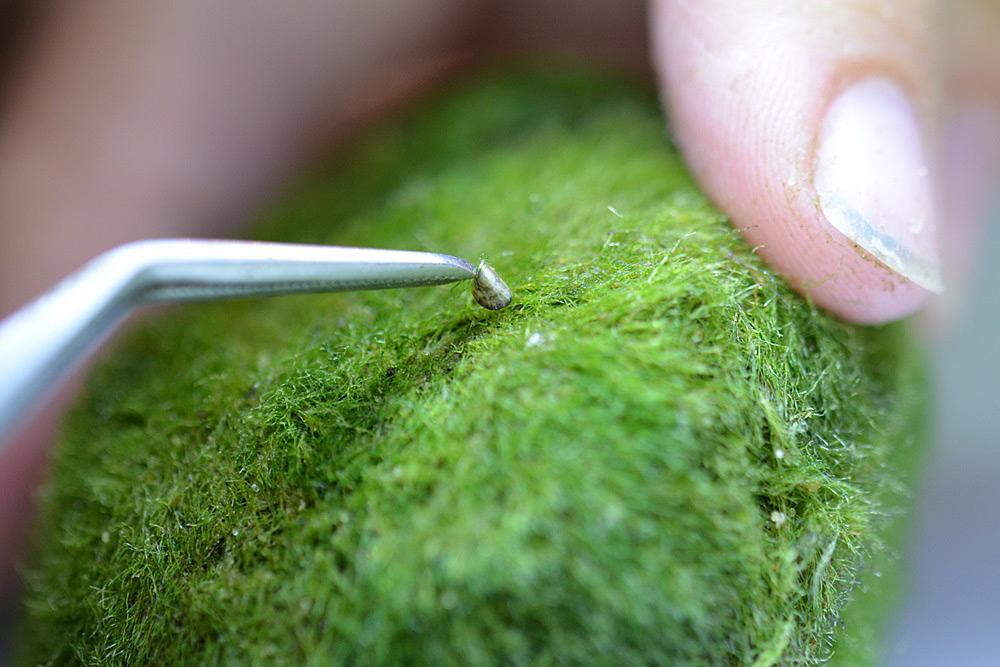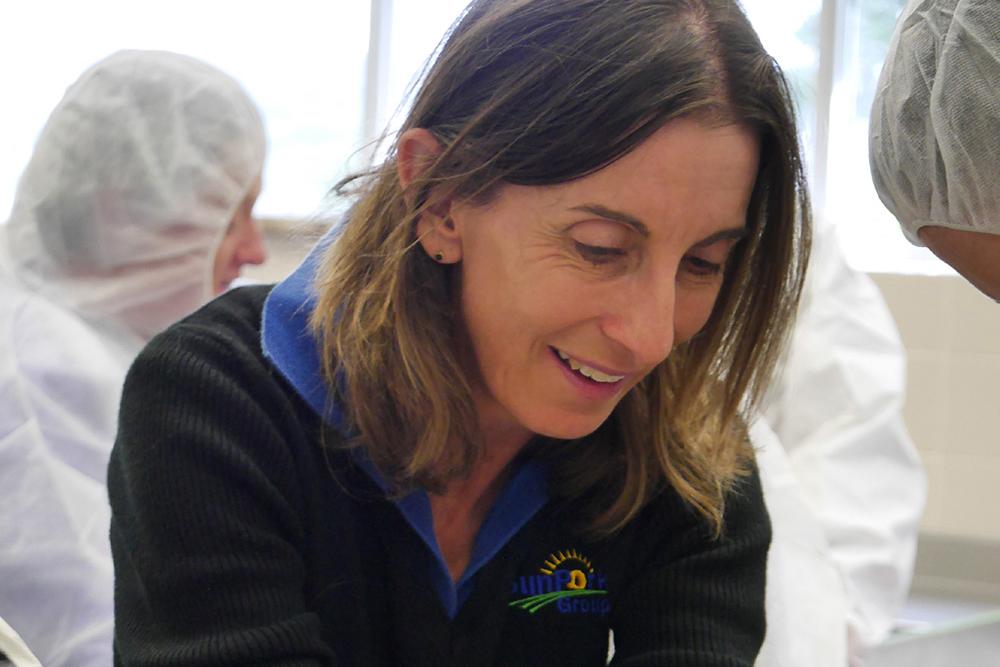Artificial Intelligence (AI) is increasingly finding its way into many aspects of our lives. Now this revolutionary technology is being put to use to help protect Australia from one of the world’s worst invasive species – exotic invasive ants.
Invasive ants are one of the most serious biosecurity threats. They can be aggressive, spread rapidly and have the potential to form super colonies, disrupting our environment and our way of life. They are also hard to find and eradicate.
Early detection, containment, and eradication where feasible are crucial for limiting the impact of invasive species (including ants), however current practices for identifying invasive ants are time and labour intensive and rely on taxonomic expertise that is not always readily available.
To help non-specialists determine if an ant is likely to be one of seven high priority species (yellow crazy ant, tropical fire ant, red imported fire ant, electric ant, browsing ant, Argentine ant and coastal brown ant), the Harry Butler Institute at Murdoch University, in collaboration with James Cook University, CSIRO, and Queensland Museum, are developing an ant app algorithm platform as part of a project funded through the department’s Established Pest Animals and Weeds Management Pipeline Program.
The platform uses a hierarchical deep learning-based machine-learning approach to identify seven invasive ant species that pose a high risk to Australia. To date, the machine-learning algorithm has been trained on over 200,000 individual ants from 15,000 images collected from across Australia.
The algorithm currently provides 90% or greater correct predictions of the seven target species. With additional field testing the application will be suitable for general use.
This project is an example of how investment in technology can support the identification and prevention of the spread of invasive species and facilitate more rapid and effective management actions.
Murdoch University is working with invasive ant management teams to determine the best means to incorporate the application into their programs.
For further information about the platform, please contact Associate Professor Melissa Thomas at Melissa.Thomas@Murdoch.edu.au.

Image credit: National Fire Ant Eradication Program (QLD DAF).



